Along the way, we've identified other problems, too. We're going to be thinking more like engineers as we are close to answering our Driving Question for the unit, "Where does our clean water come from and where does it go once we make it dirty?" There have been lots of instances where some engineering could have helped along the way...and maybe, just maybe, engineering has actually helped in ways in which we take for granted.
|
So we revamped our model since we figured out what happens with storm water. Recognizing that in heavy rains, flooding, and a large influx in melting snow causes a huge problem in the sewer system with the amount of water it can hold, the outfall pipe with raw sewage into the Chicago River poses a problem. Along the way, we've identified other problems, too. We're going to be thinking more like engineers as we are close to answering our Driving Question for the unit, "Where does our clean water come from and where does it go once we make it dirty?" There have been lots of instances where some engineering could have helped along the way...and maybe, just maybe, engineering has actually helped in ways in which we take for granted. Our deep discussions about surfaces and permeability got us thinking... We have recognized a lot of concerns with a place having lots of impermeable surfaces, one being that untreated water can end up in a waterway, like the Chicago River. This is evident during stormy weather with heavy rains or when there is a massive melting after a heavy snowfall. We decided to educate others about this HUGE problem through a comic (hopefully to lighten the somber discoveries we've made). This also got us thinking about how we could represent permeability and impermeability... And even more important, we began to think like engineers and develop possible solutions to the runoff problem caused by impermeable surfaces. Check out some ideas...we've be evaluating their feasibility and possible testing them when we're near the end of answering all our questions!
So we figured out that there are many types of surfaces in Chicago, but when we look at a large scale map, we see that the city is covered in lots of impermeable surfaces. This led us to wonder where the water goes once it goes down the storm drains. We see all kinds of drains here in Chicago...
We drew some initial models of where we think these drains lead to. We came up with the following ideas:
-River, lake, ocean, wastewater treatment facility, pipes, sewer, groundwater, purification plant, some other facility, stormwater pipe This lead us to thinking about if there are some pictures or videos that can help clarify this!
And when we figured out what these pictures really mean...
We became concerned and started thinking about how this is all a problem!
So we've expanded our models are have looked specifically at groundwater. We know how it gets down deep into the earth, and we know how the different earth materials filter it. But what about places like where we live? Chicago does not certainly look like the other places that have groundwater.
So we decided to test some of these surfaces by pouring water on them. Here's a rundown of our experiments and where it took us!
Now that we've figured out how earth materials can act just like the filters and other tools we used to clean dirty water, we're taking a brief stop to collect our thoughts, and redevelop our models. Starting from our first wondering in September, we're putting all the pieces together. We're wrapping up lots of great learning (although we're certainly not done yet)! Here are two classes' models that explain what happens to water as it leaves our houses... Room 307Room 306We've really got two big ideas left to explore from what we noticed from our models:
1. What happens when water falls on areas that aren't covered in soil or grass like in our model? From an aerial map, Chicago looks really gray, and covered in concrete, unlike our cities we investigated with groundwater. We don't really know what happens to our water here when it hits surfaces like that...like where does it go?!?! 2. How does the lake, where we know we get our drinking water from, connect to the pipes that bring clean water into our house? Is it the same as our tap water? If not, what process does it get through to get it clean enough to drink? Check back...the learning continues! So through a reading last night, we discovered that places who live near the ocean and don't have much surface freshwater or groundwater (like San Diego) actually get their drinking water from a far away source. The water is transported through aqueducts, just like the Romans first built a long time ago!
We then circled back to groundwater, and realized that the groundwater must filter through various earth materials to reach the bottom of a well. It made us think how the ground could actually clean the water on its way down, so we wanted to actually clean some of the dirty water we had stored from September. This water we couldn't get clean from the tools we used then (i.e. strainer, coffee filter, strainer, colander). But we wanted to see if sending the dirty water through the various earth materials (because the space between their pieces may be smaller than a coffee filter's holes). would make a difference. And it sure did! Look at our results from above!!! WHOAH! More of our questions are being answered... What new things does this make us wonder! So we figured out from all our experiments and watching a video on groundwater that groundwater is fairly clean as it's pumped to the surface for people to drink. We discovered that earth materials are actually REALLY good at filtering water. The less space there is between the pieces (like in sand) allow for only the water to filter down, and the sand traps whatever else is in the water. It was really cool for students to see that these earth materials acted like many of the tools they used when originally trying to clean the dirty water they made.
With all that discovery came lots of questions. If people near lakes use lake water to drink (and it gets filtered somehow we think), and if people without lakes use groundwater to drink (and we know its filtered by the ground itself), how about the people who live near all the oceans? The oceans are HUGE and have a great deal of water in them. Is it possible to get the salt out of the water by boiling it, capturing what evaporates, and use that as a possible drinking source? So we set up a demonstration in class like the pictures above, and we realized something. YES! This process works to take the salt out of the water. But here are some things we noticed: 1. It takes a REALLY long time. Mrs. Brinza only filled up the pot in like a couple inches high, and the yield we got after we boiled it for 23 minutes was like 10 drops. 2. That 10 drops wasn't a lot of water, either! We're going to have a lot to wonder about this process... While we were waiting for all this to happen, students were also wondering if the reason behind not using ocean water as a drinking water source, was because locations we researched previously had access to groundwater (now that we've figured out that this is a possible resource for communities who don't have fresh surface water). We researched San Diego, Houston, and Orlando and all these locations have some access to fresh water on the surface and below the ground. But we were also curious how the distance played out in all this. Some cities are really far from their drinking water source. But the good news is...the ocean water isn't a source, thank goodness! |
Mrs. BrinzaThere's nothing like a nice cold glass of water on a warm day. I kind of take advantage of that clean water quite often... Archives
May 2018
Categories |
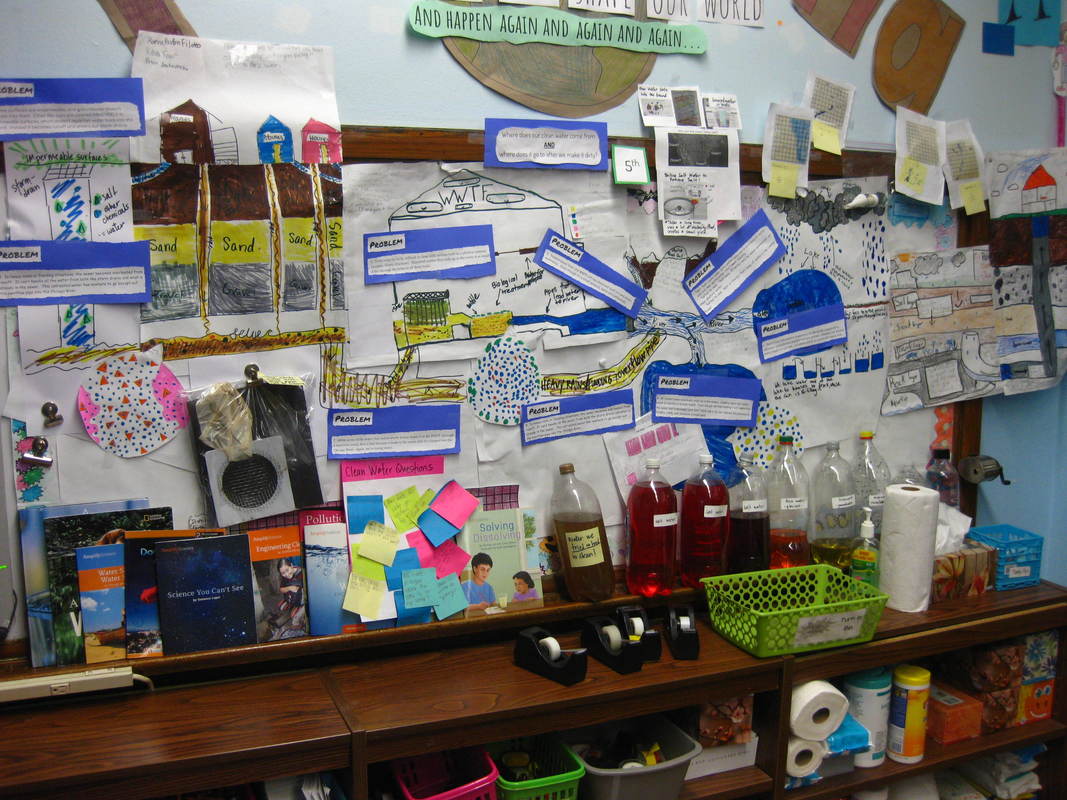
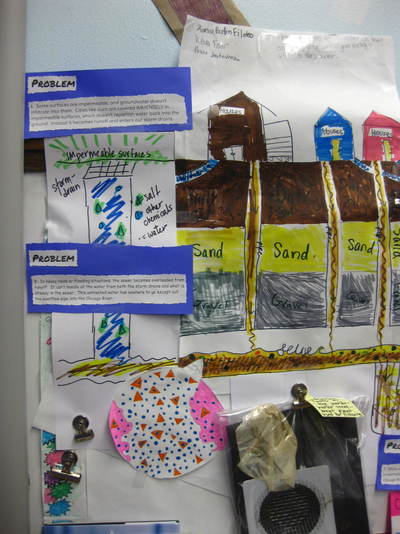
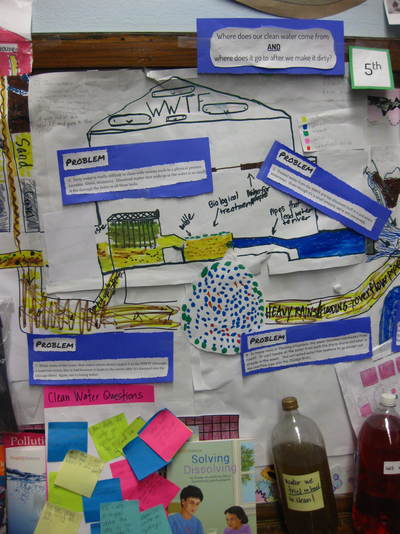

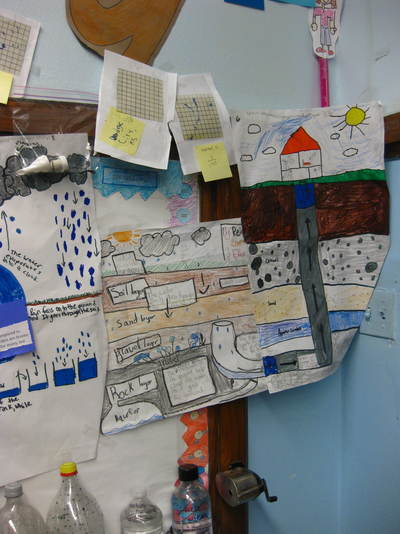
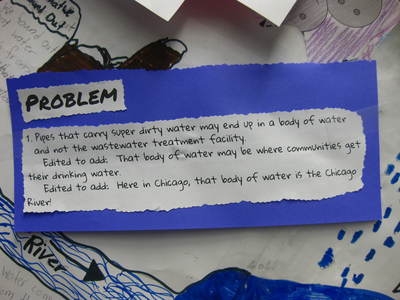
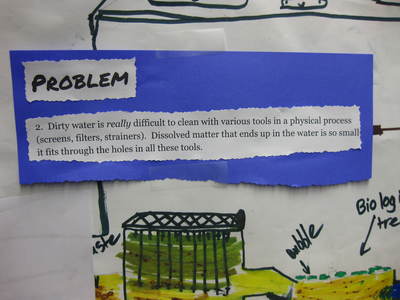
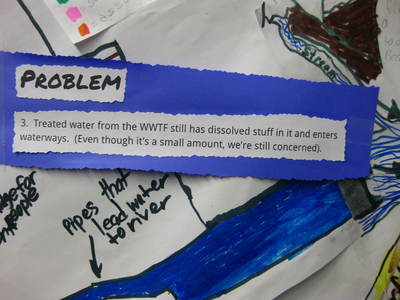
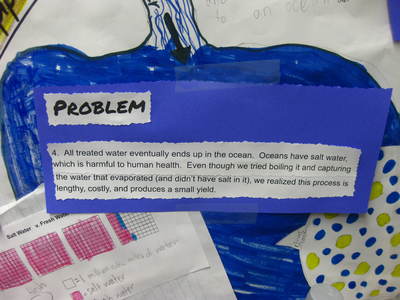
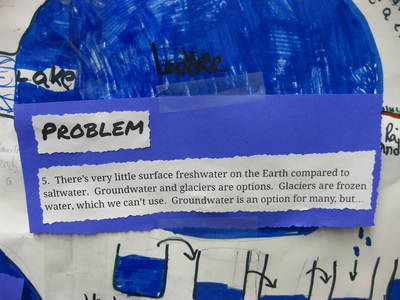
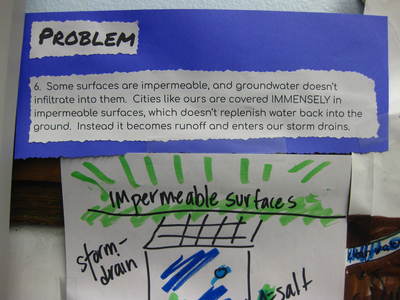
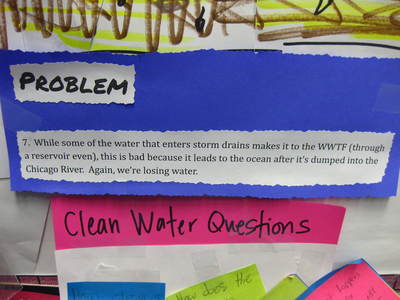
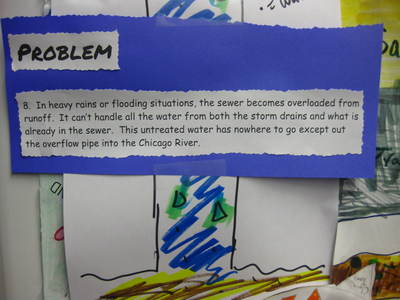
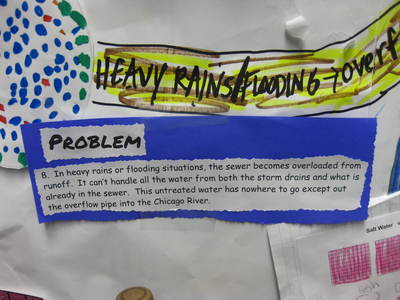
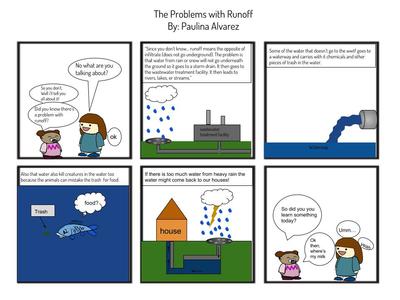
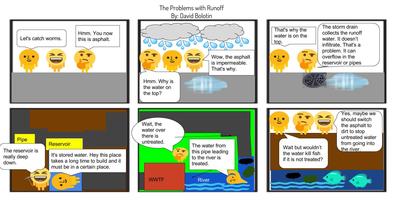
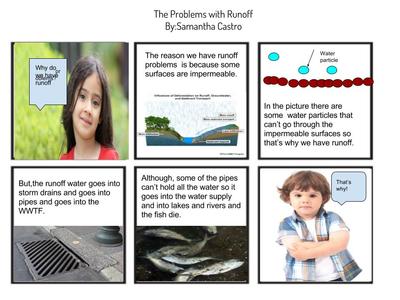
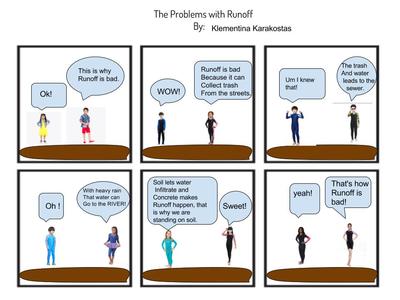
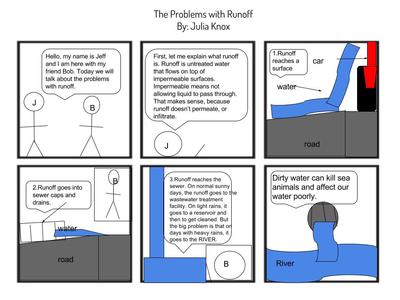
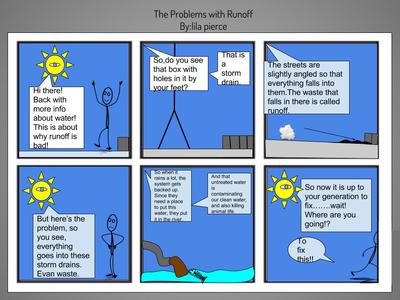
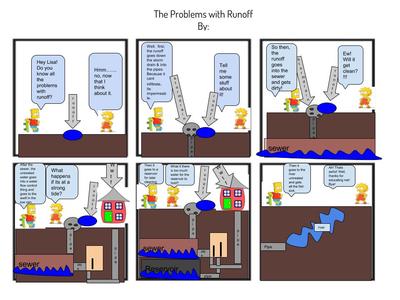
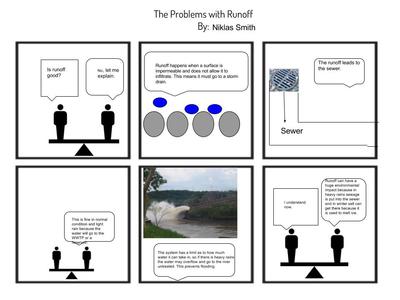
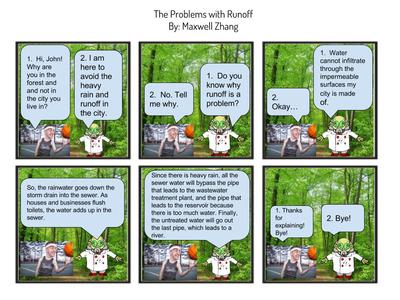
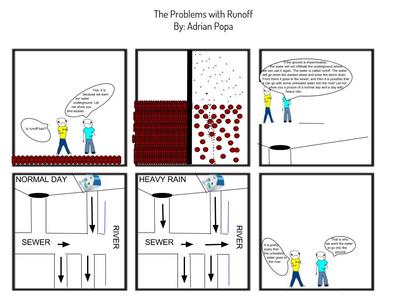
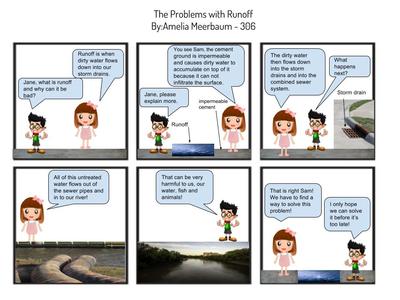
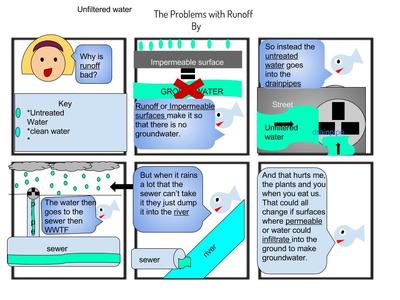
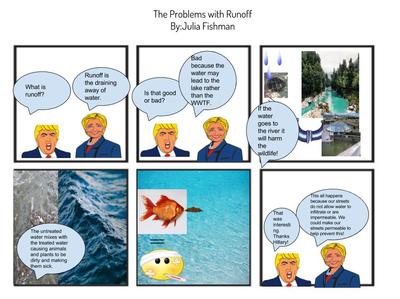
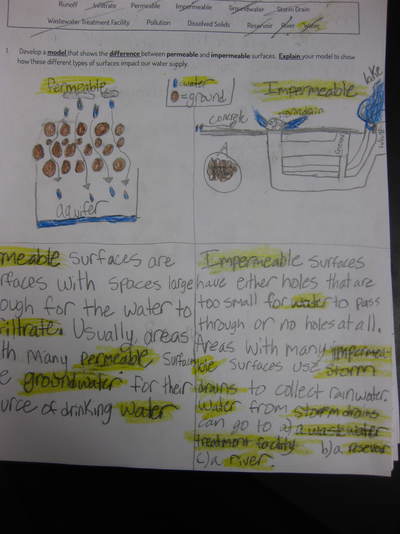
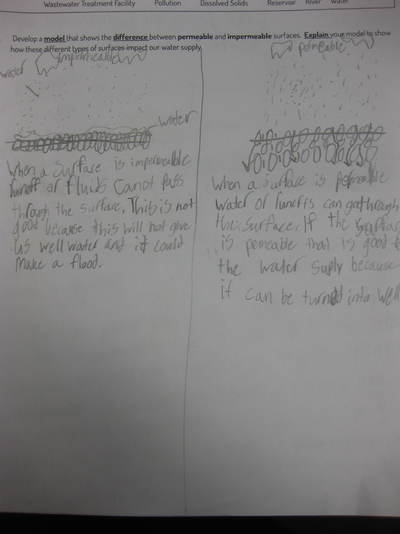
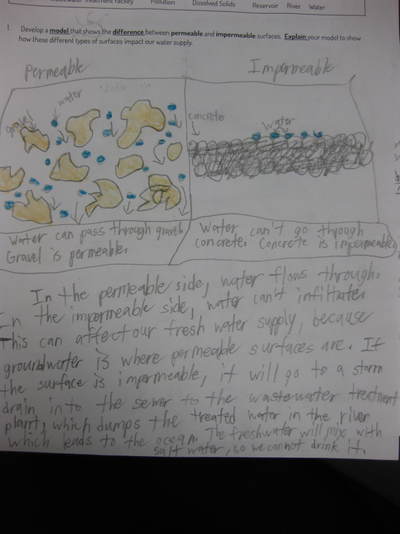
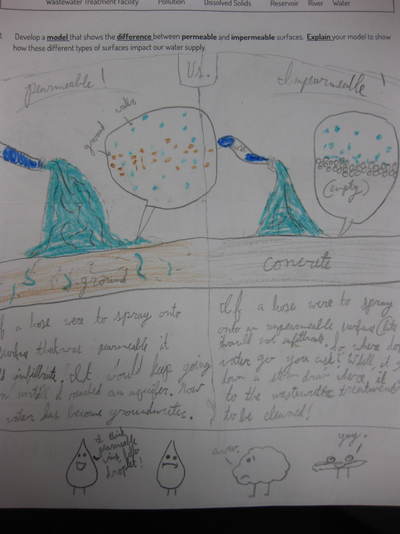
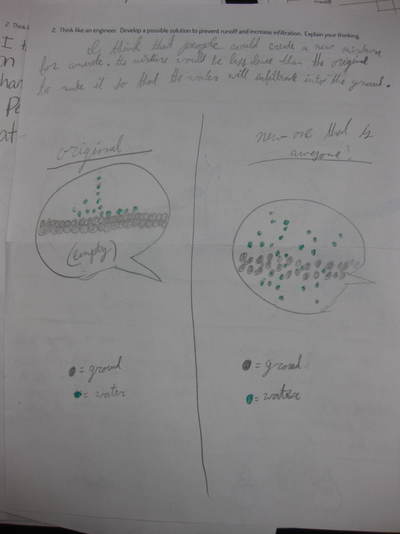
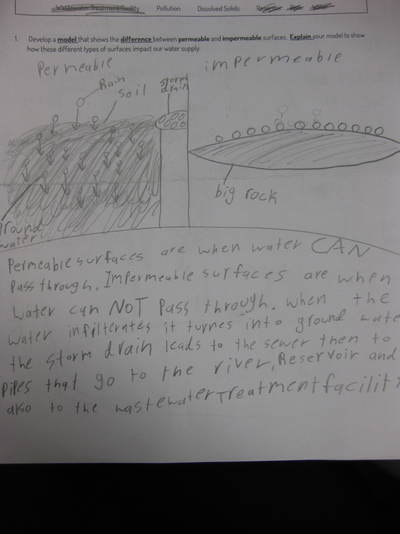
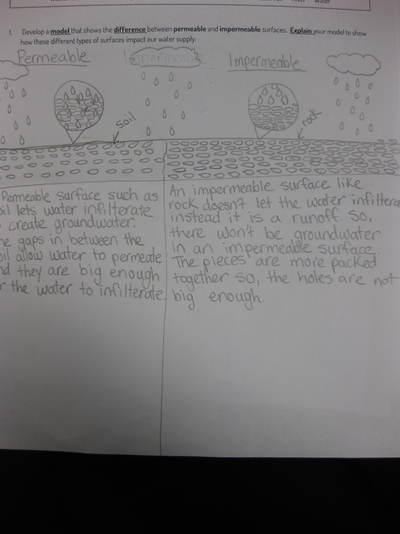
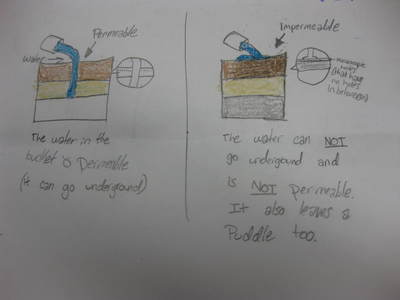
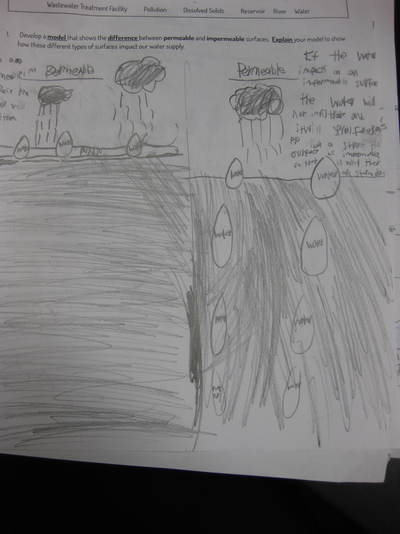
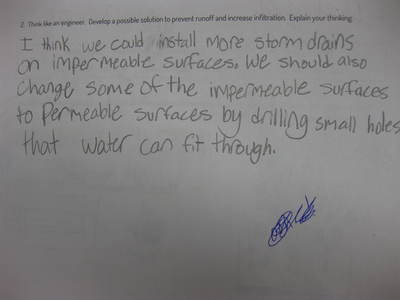
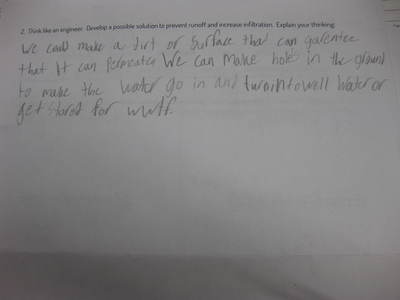
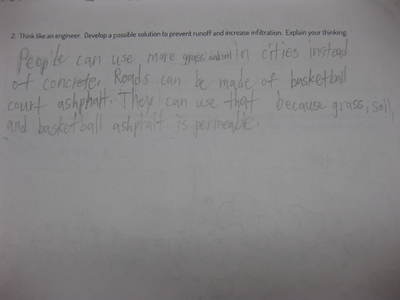
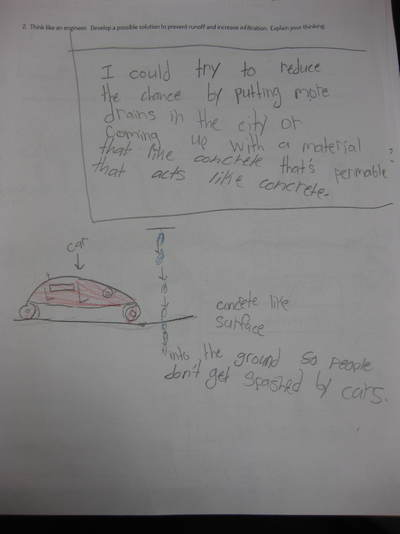
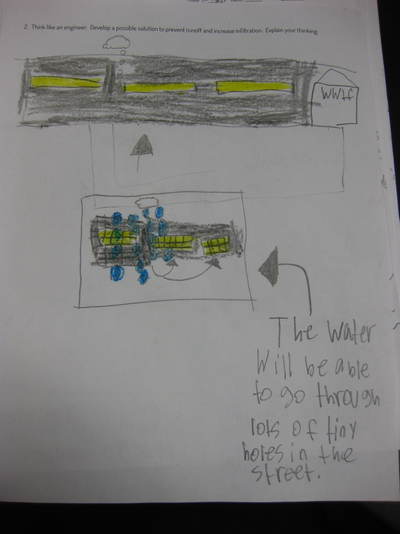
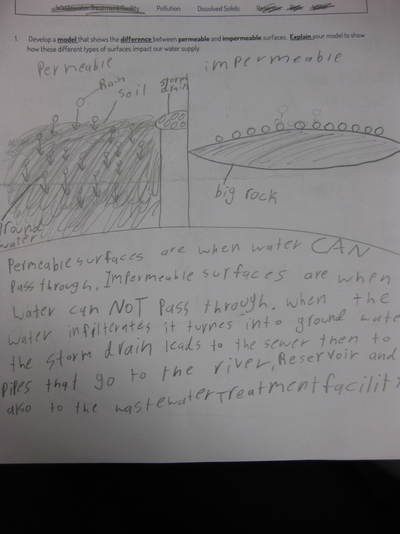
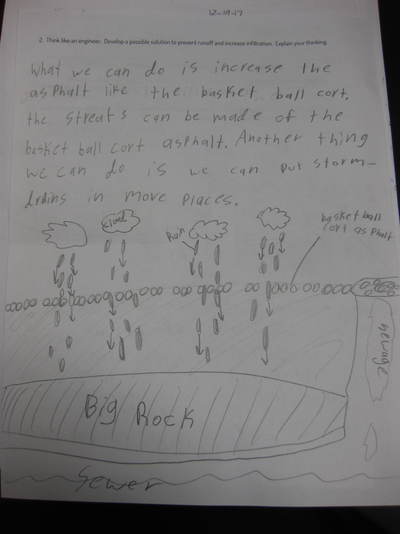
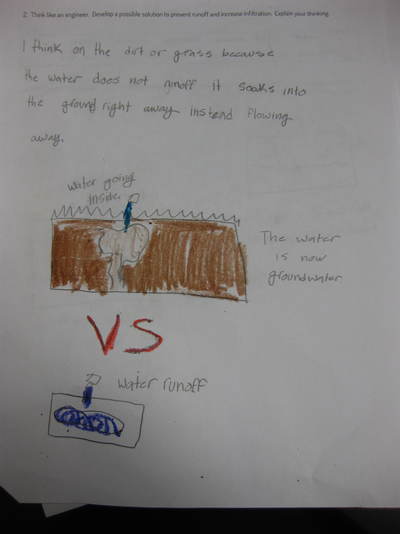
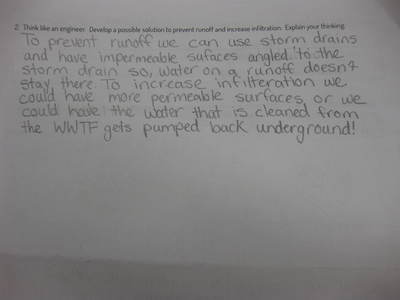
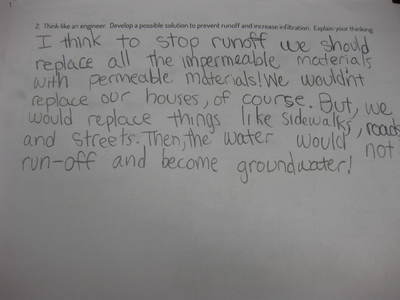
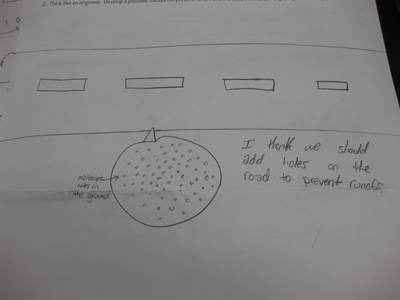
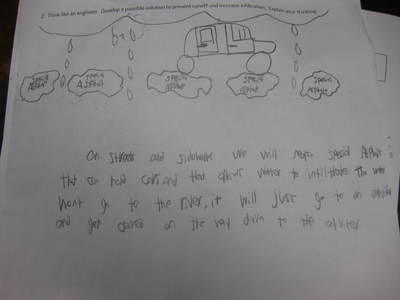
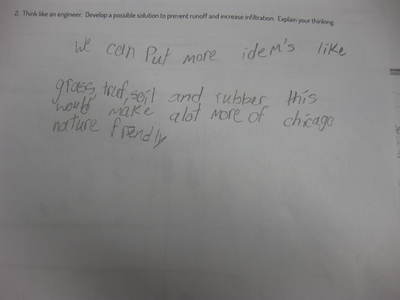
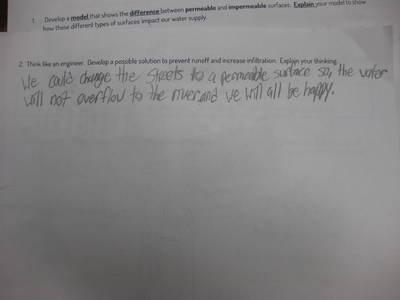
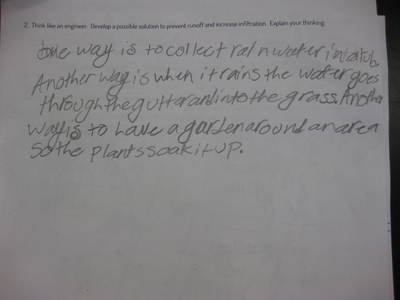
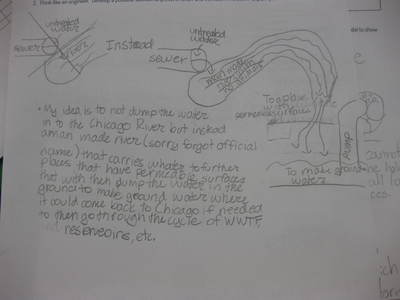
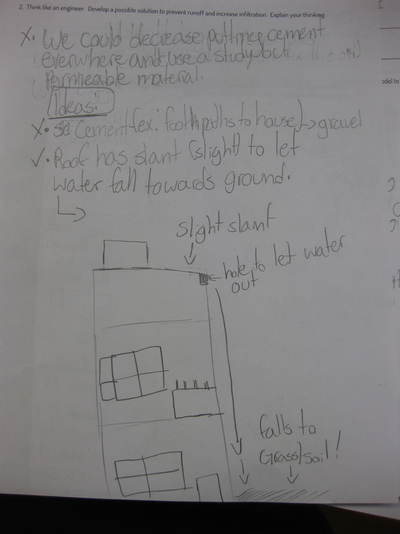
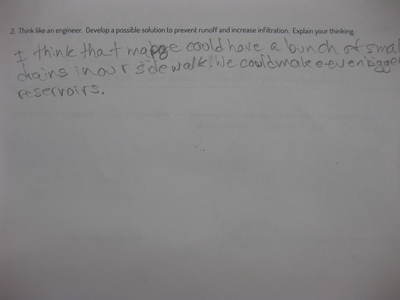
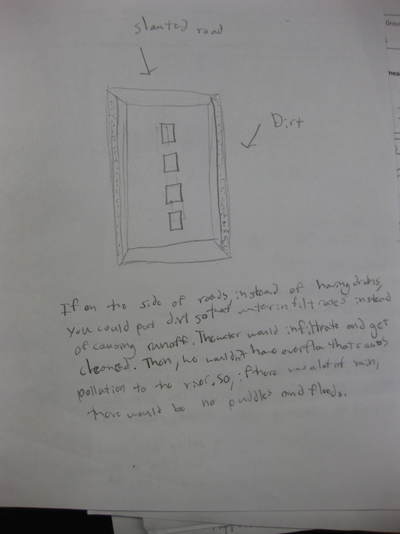
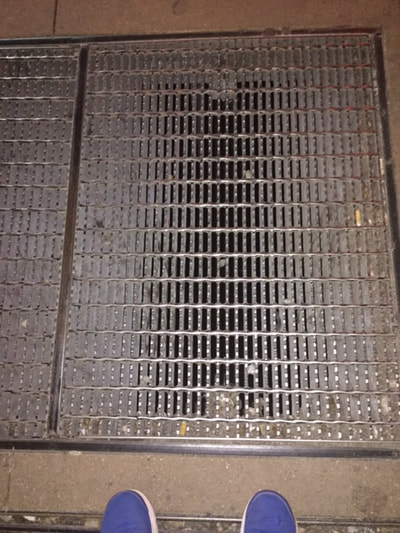
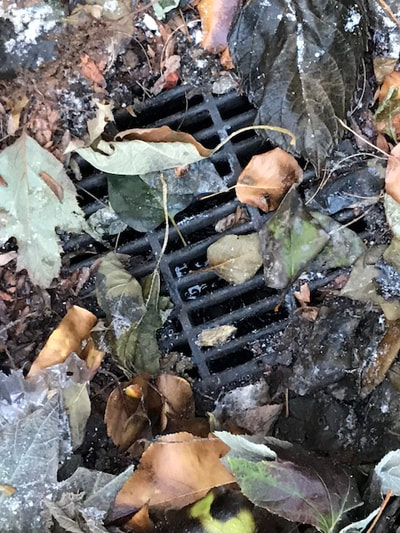

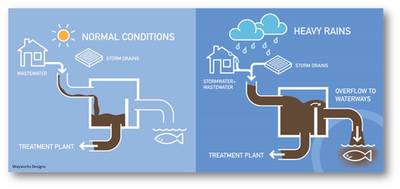
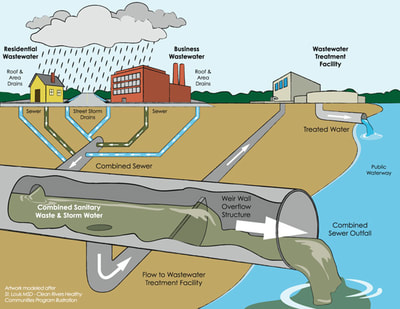
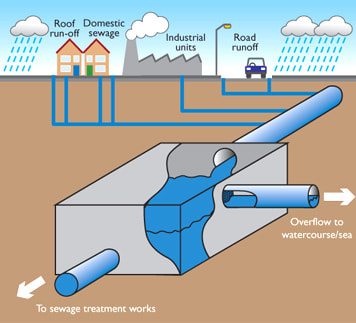
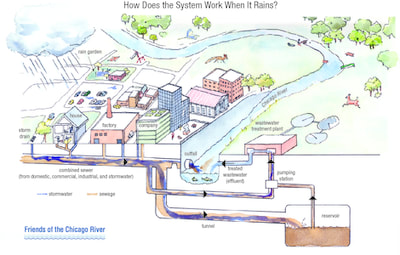
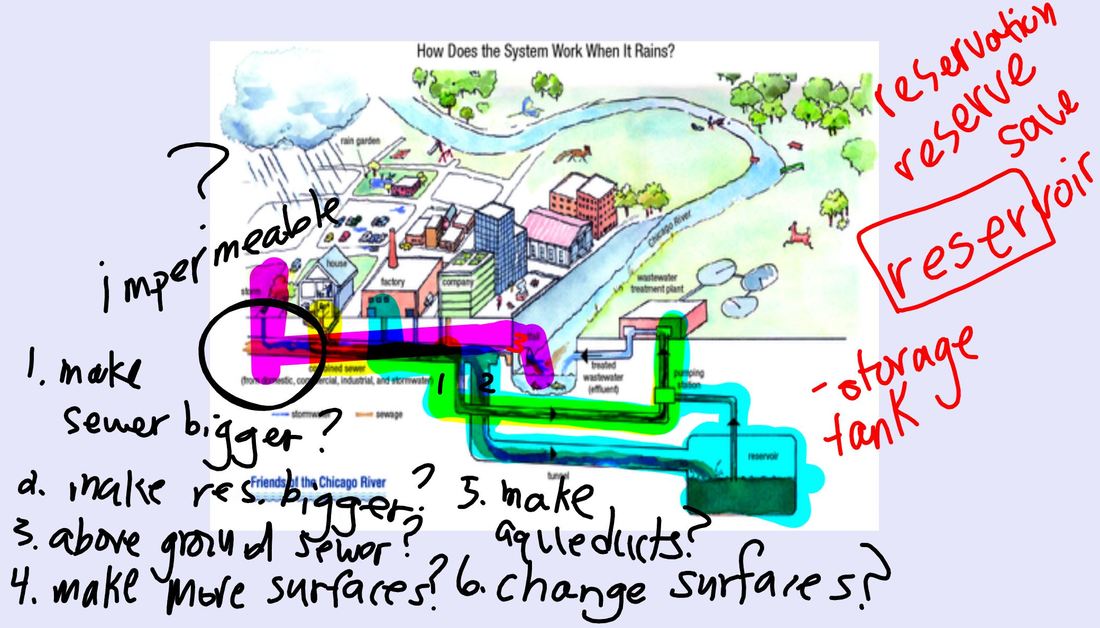
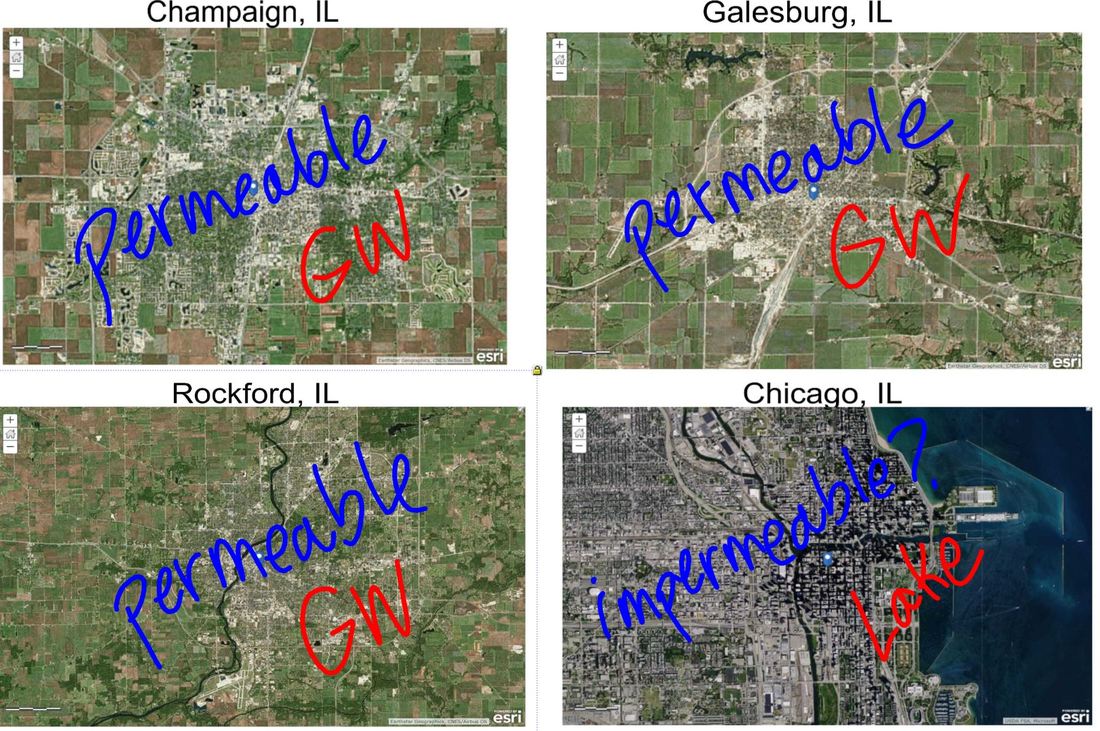
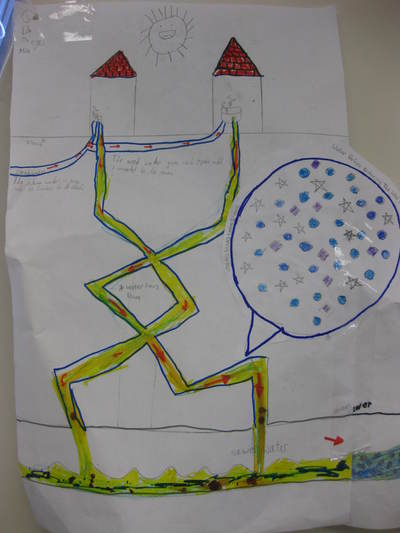
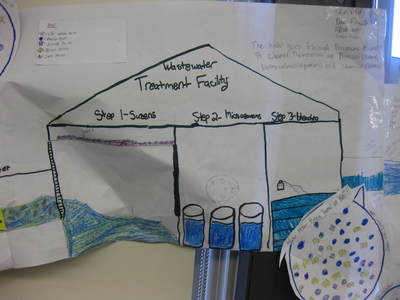
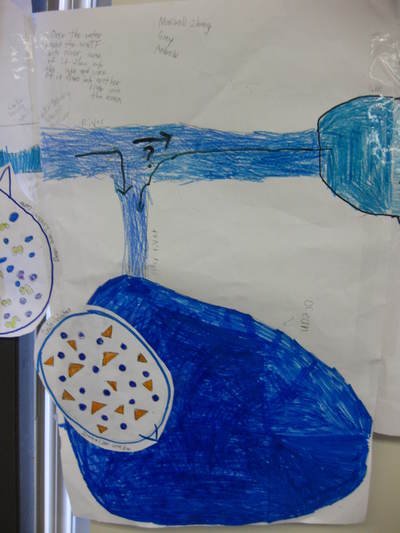
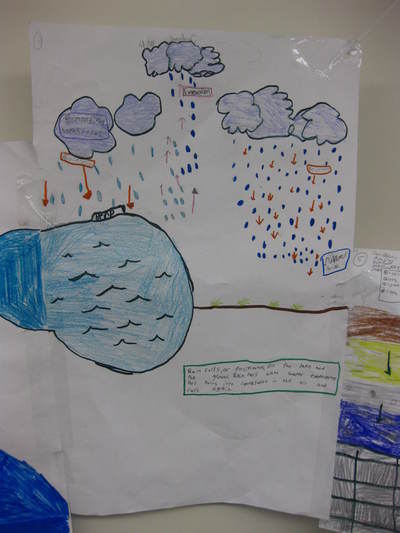
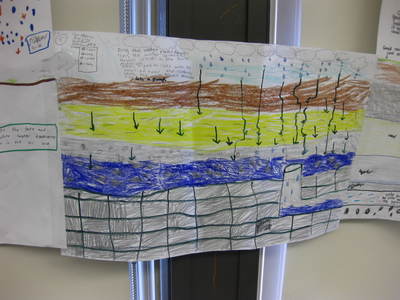
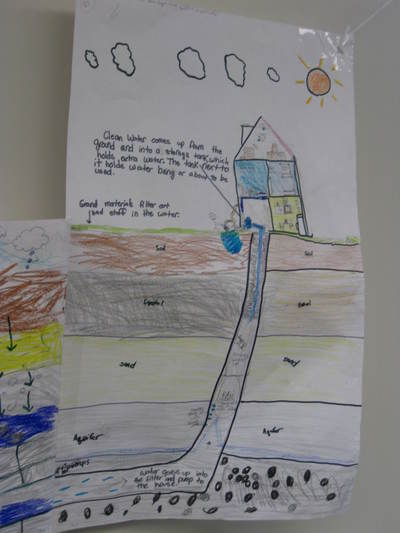
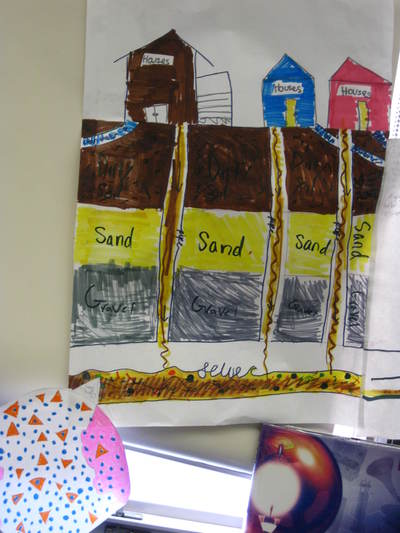
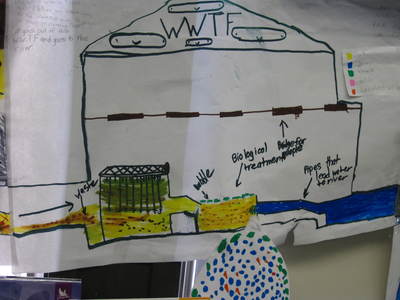
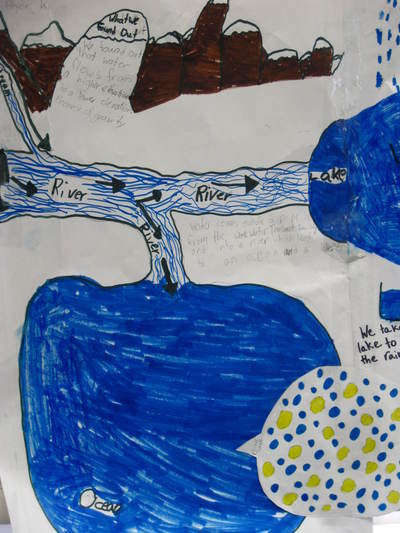
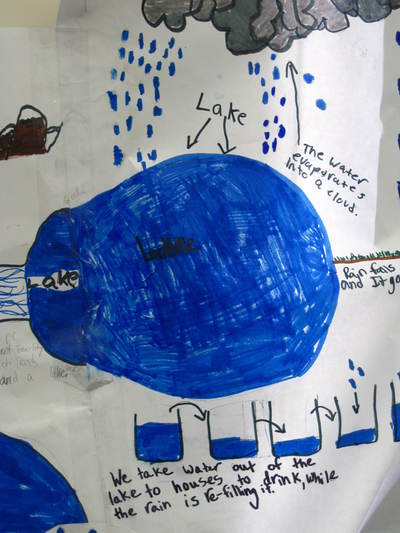
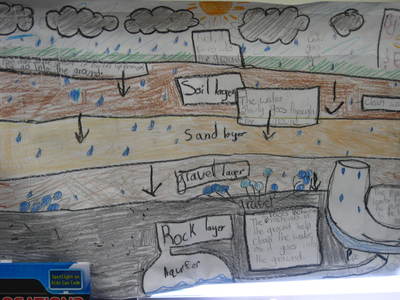
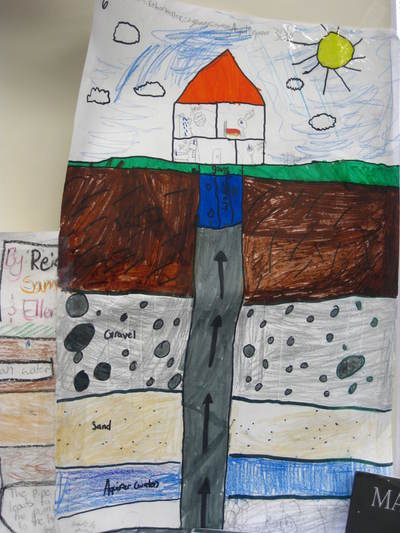
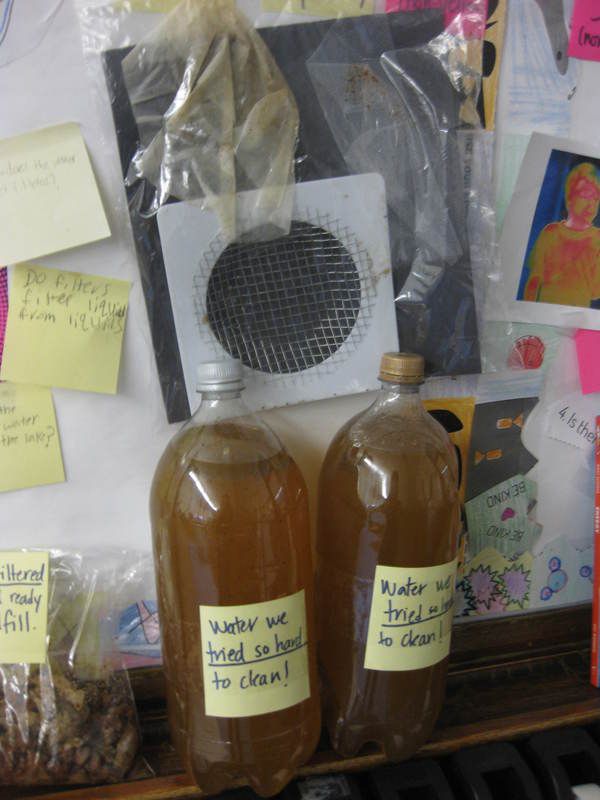
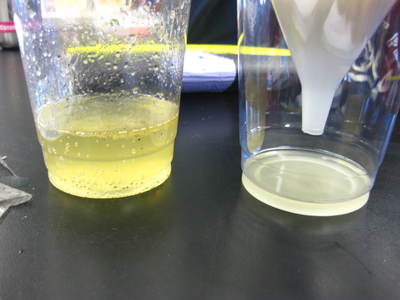
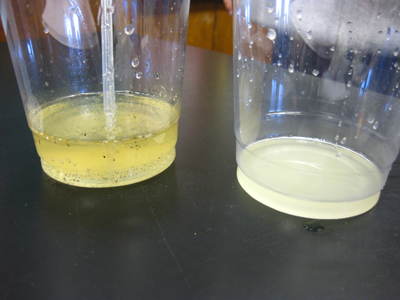
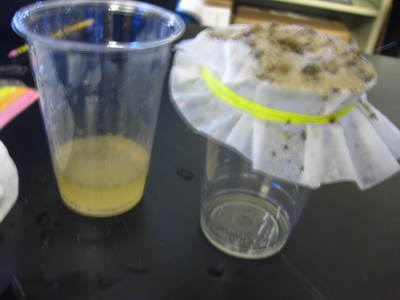
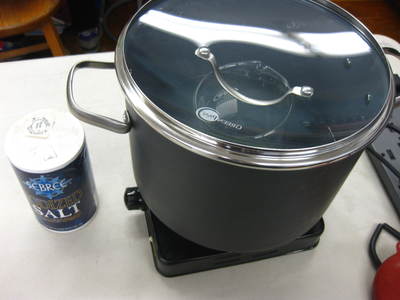
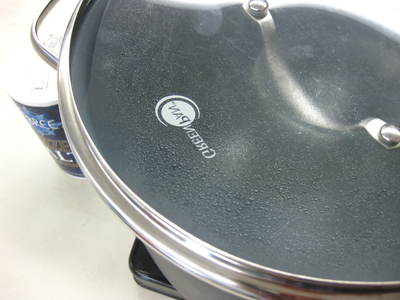
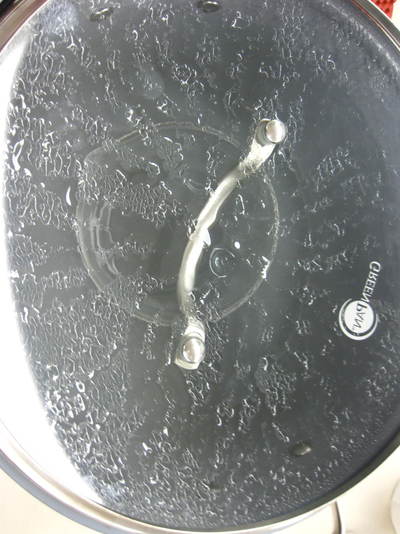
 RSS Feed
RSS Feed